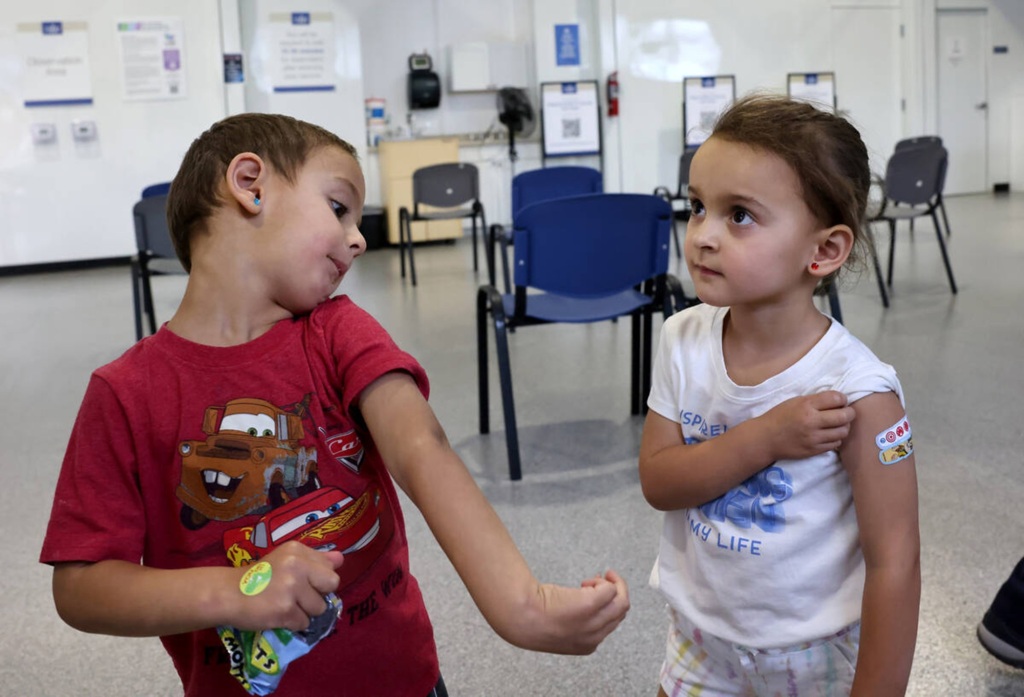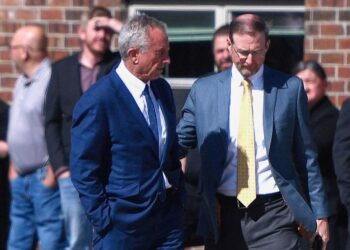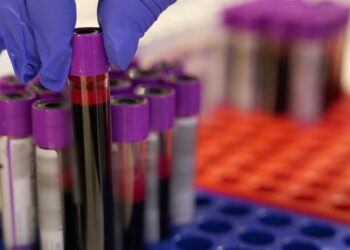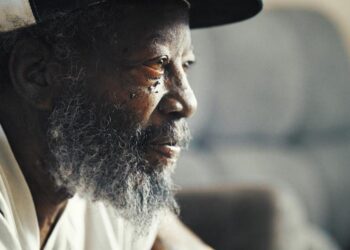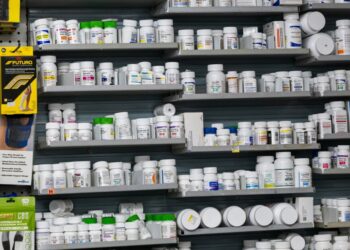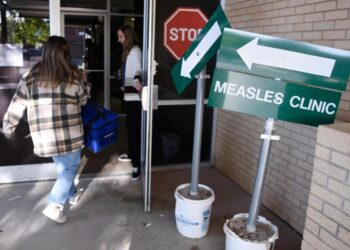Mary Hynes | Las Vegas Review-Journal
The U.S. government on Thursday will lift the COVID-19 public health emergency that has been in effect for more than three years.
By ending the emergency phase of the public health response, “That kind of puts a period at the end of the pandemic sentence,” Vanderbilt University’s Dr. William Schaffner, an expert on infectious diseases, said.
“We’re clearly past the pandemic phase of COVID-19 here in the United States,” he said. “We no longer have a stressed out health care system. We no longer have as many people becoming sick, seriously ill and dying of this vicious infection.”
However, he cautioned against thinking it’s “mission accomplished.”
“This virus is still with us,” and killing 200 to 300 people in the U.S. every day, he said.
The phase of the disease has gone from pandemic to endemic, or consistently present.
“And in order to keep ourselves protected against this virus on a long-term basis — because it’s not going to disappear — we’re going to have to learn how to keep our guard up,” he said.
Keeping our guard up will include ongoing COVID-19 vaccinations and boosters, treatments and testing, he said.
How will these core components of the public health response be changing as of Thursday?
Vaccinations
Currently, all COVID-19 vaccines are widely available and free of charge, regardless of health insurance or immigration status, according to Shannon Litz, a representative of the Nevada Department of Health and Human Services.
“This will continue until the federally purchased supplies have been depleted,” Litz said, which could be by late summer or early fall.
Once that happens, the vaccines will be covered by both public and private insurance and will remain available to uninsured adults through a U.S. Department of Health and Human Services bridge program, Litz said in an email.
Many Americans will continue to pay zero out-of-pocket for COVID-19 vaccines, according…
Read the full article here

